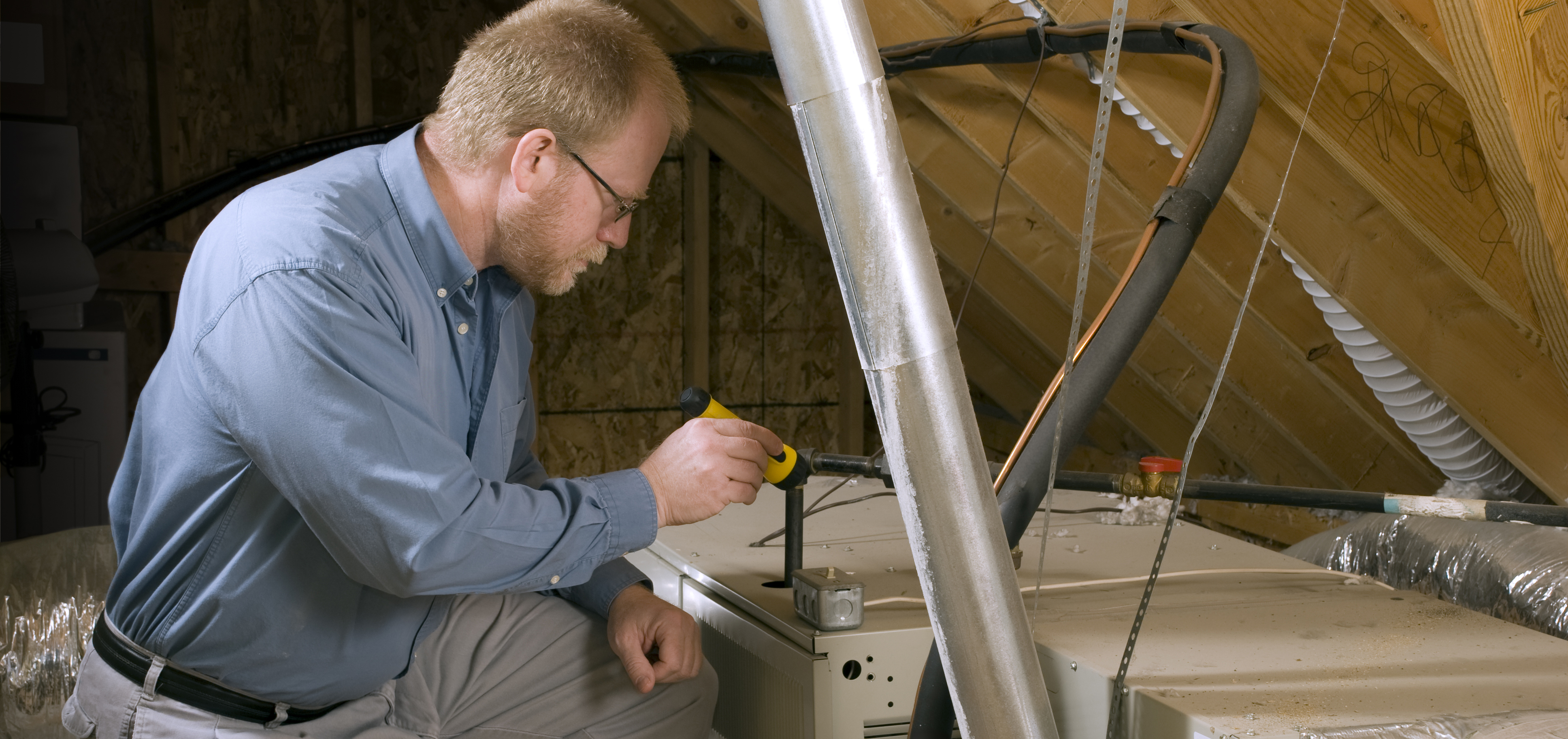
July 19, 2015 | Barbara Balfour
Details matter with home inspections
Not all inspections are created equal, say expertsShortly after moving into the townhome his home inspector assured him was in mint condition, Faiyaz Sumar had to replace the washer, dryer and microwave.
"The microwave would stop after 20 seconds, and the washer and dryer weren't ventilating properly. The walls of the laundry room were dripping with condensation," said Sumar, who was fortunately able to get the sellers to replace them at their own cost.
"Then we discovered our master shower would run either extremely hot or extremely cold. I just assumed that if you claim to test an appliance, you would run it through a normal cycle. In our case, the inspector may have turned them on or off but didn't check for full functionality.
"If I had any words of wisdom, it would be that you can't just blindly trust what you're told. You need to ask what tests they run and scrutinize what being operational really means to them."
Late last year, the Canadian Standards Association (CSA) unveiled proposed new rules that would establish the systems and components to be inspected as part of a home inspection in Alberta.
The proposed regulations, which were open to public review, also set out the minimum extent to which a home is required to be inspected, as well as methods to be used.
Alberta and British Columbia are currently the only two Canadian jurisdictions that regulate home inspectors, according to Service Alberta. Alberta's rules include mandatory licensing requirements.
When choosing a home inspector, it's the details that matter the most, said Brad Stinson of Blueprint Home Inspection.
Find an inspector who does a significant amount of work and provides a full written report.
"A good inspection will take at least three hours – and that doesn't include the hour for the report," said Stinson, who has worked in the industry for more than 35 years.
Most inspectors will only tell you about the problems they find. Yet Stinson said learning about all features of the house, both good and bad, is valuable.
It's also important to consider the weather can make certain areas of the home harder to inspect.
"Home inspection reports always include a section on what the weather was like – that's how important it is," said Stinson.
"For example, if the roof is covered with snow, a good inspector will sweep off a portion of it in key areas, but he can't really inspect the entire roof. I had a client whose shingles were shot, but it was missed because the first inspector came in the winter.
"In the summer, if the roof is safe and not too steep, the inspector will walk on the whole roof."
Infrared thermal cameras, which measure insulation, work better in the winter when the exterior temperature is significantly different than the interior of the home. However, during the summer, the exterior and interior temperatures are often the same, making the images much less vivid.
To ensure your inspector will be able to adjust for such nuances, verify they belong to a professionally recognized organization such as the Canadian Association of Home and Property Inspectors.
"Don't just go for the cheapest guy. A good home inspection will cost at least $300," said Stinson, who suggests also getting an inspection before selling your house. "That way you won't be blindsided by any problems that emerge and will be as savvy as your buyers."
For homeowner Emily Goulet, trust is the biggest factor she looks for.
"I looked for someone who was thorough, who took the time to explain the new parts of our house and walked (me) through how everything worked," she said.
Tagged: Blue Print Home Inspection | Calgary Real Estate News | home inspections | Residential




